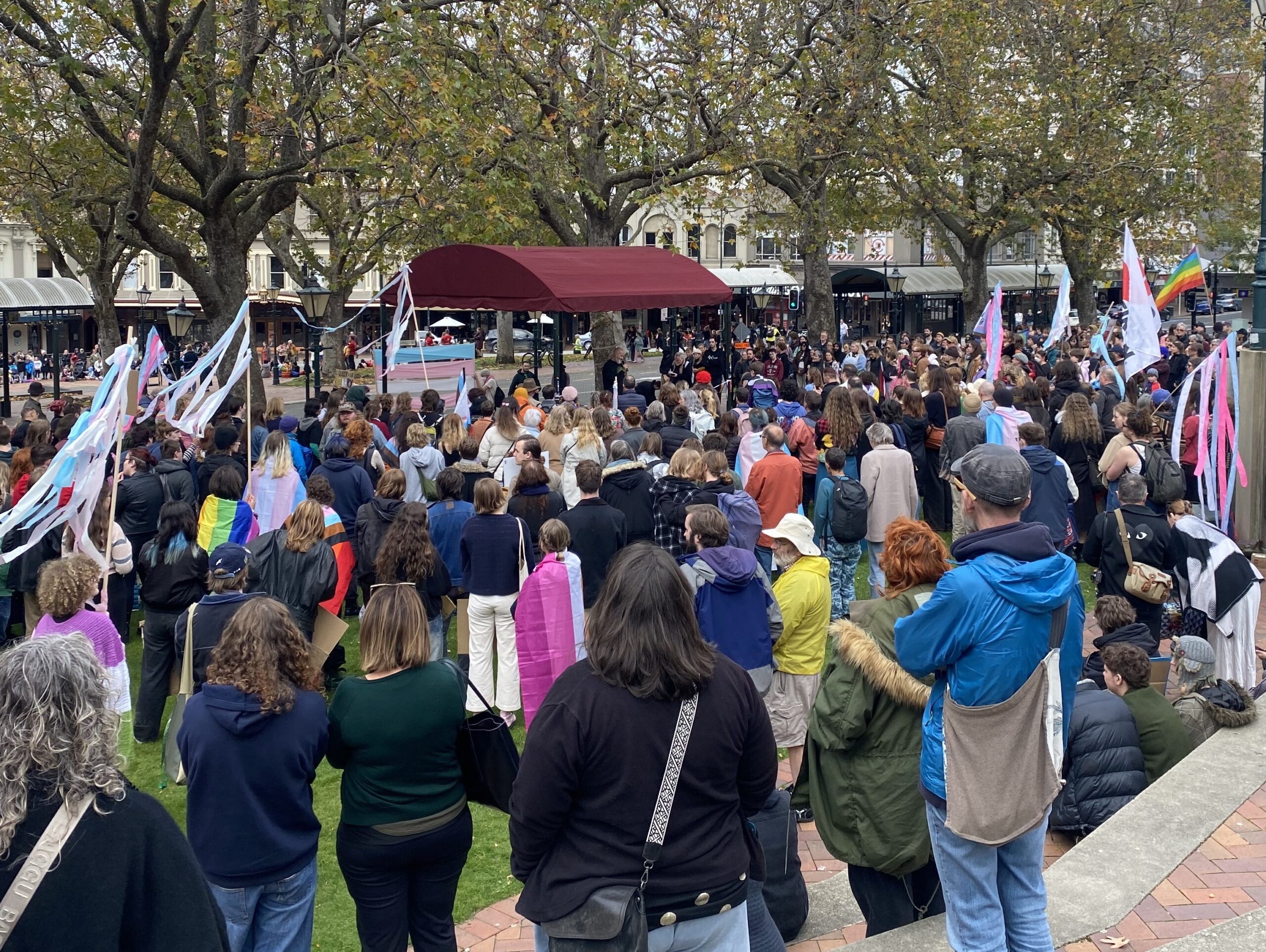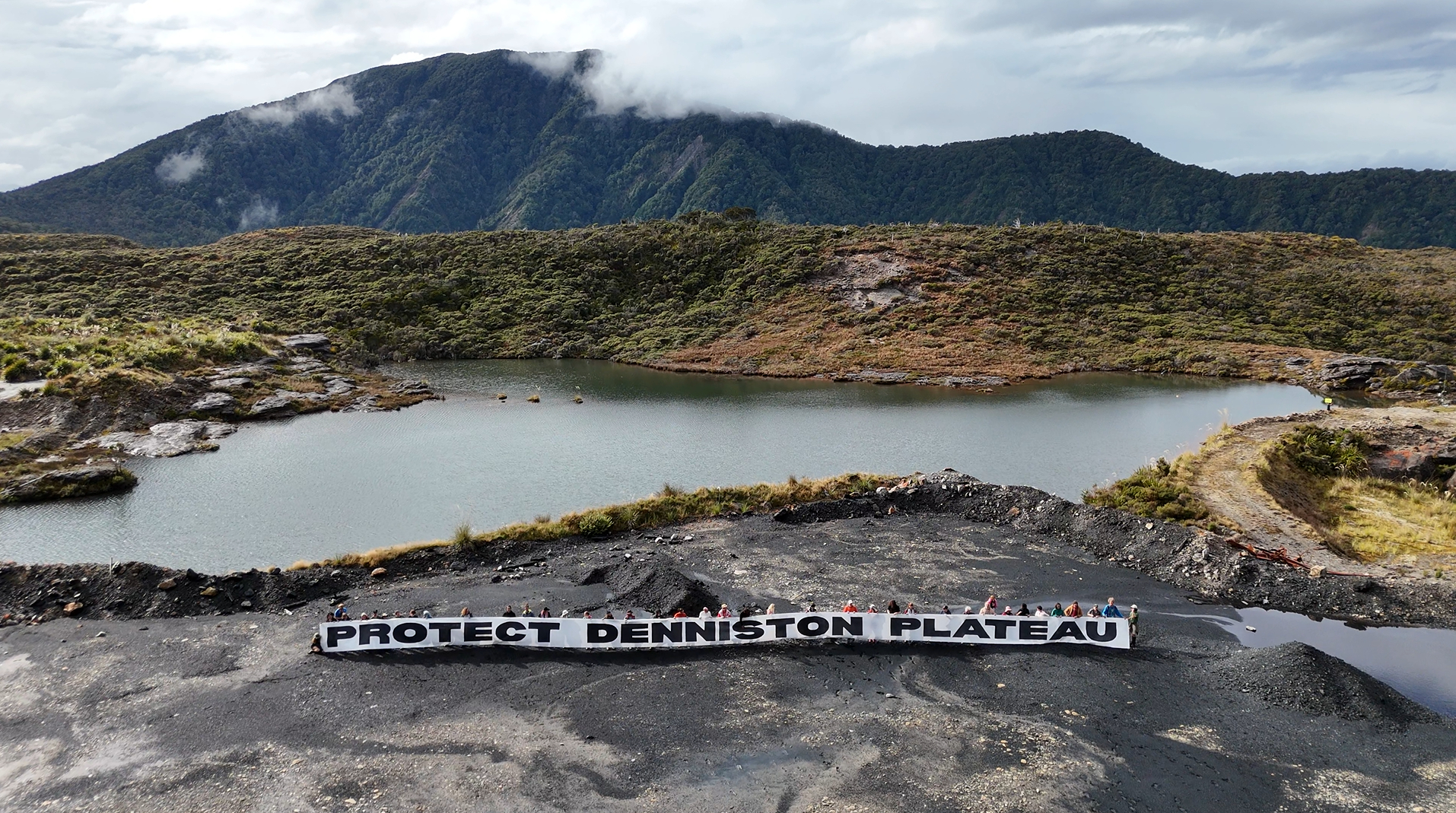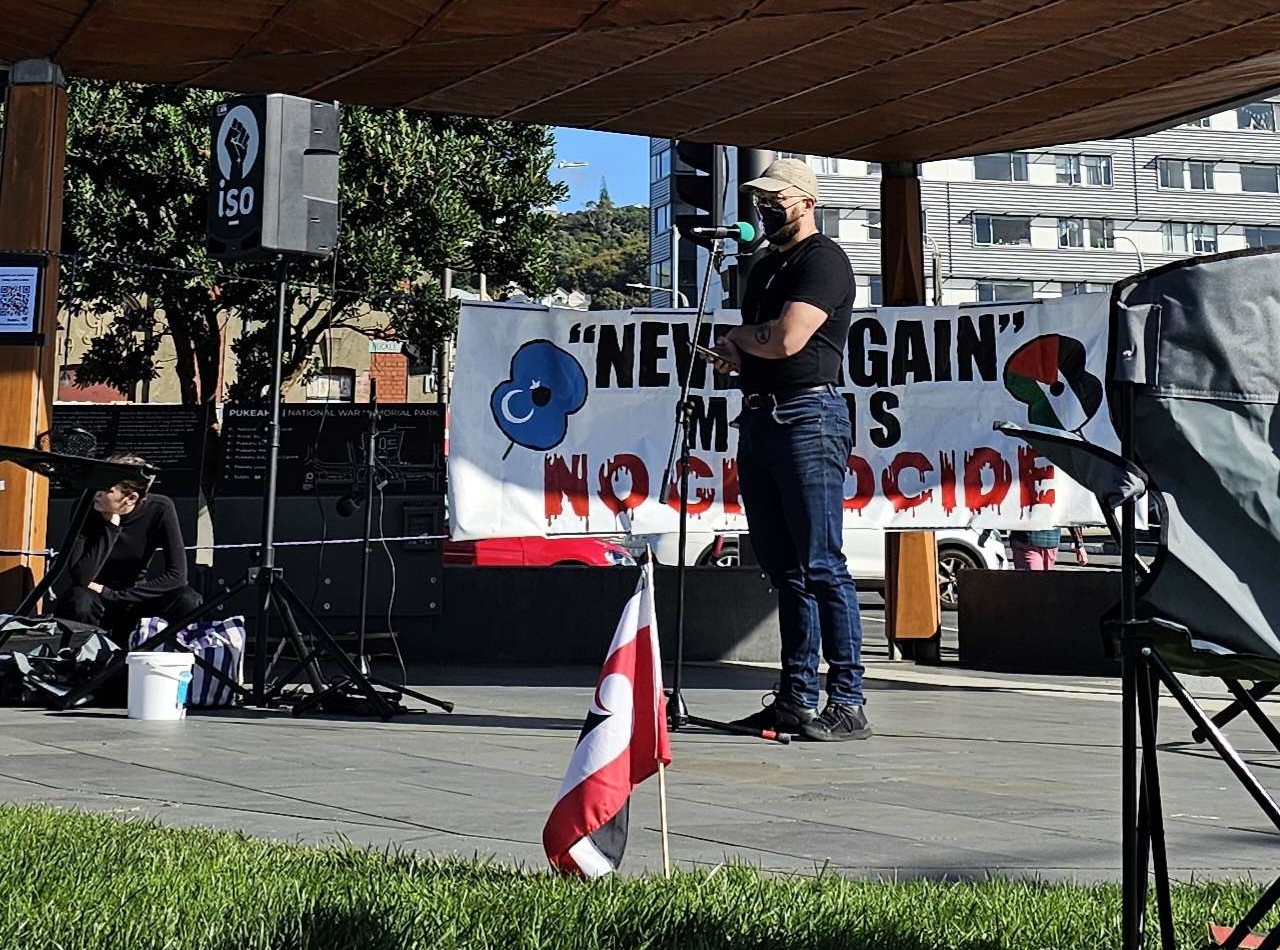Firstly, it has been inspiring to see the messages of solidarity and the networks that have sprung up around the country to support those in isolation. This solidarity is essential at any crisis – but more so now that our society will likely have to shut down, as it already has in many other countries. The cost of not shutting down is great – the toll immeasurable – but under capitalism our society is forever pushed against making sure the people work for money and food, to pay rent and bills, all so that production of commodities not necessities can continue. A shut down now saves lives, we either fight it hard now, or suffer a massive epidemic – economics of the situation be damned.
If we lock down now – we may be locked down for weeks, if we don’t we may be locked down for months.
It’s hard to write about a crisis that is so fluid, so ever changing. Undoubtedly what is put to paper will be out of date tomorrow, but it is important to write about things as they are, to share messages of solidarity and to help organise responses not just to the outbreak but also to the hard economic cost to workers.
In response to the viral outbreak most of the government’s responses have been much better than their compatriots around the world. However, being better means little when faced with an epidemic – what matters is what works. Our government might have acted rapidly – but not quite rapidly enough on implementing many restrictions. Again this may change as the severity of the outbreak in New Zealand becomes more apparent in the data– but as I state below that may be too late to prevent a serious outbreak.
New Zealand has had the benefit of being an isolated country at the bottom of the world. But that benefit can lead to an overestimation of our safety. The infectivity of this virus is similar to that of the common cold but because of the asymptomatic nature of many of the cases and the fact that people can be infectious before they show symptoms means that we cannot identify the count of the infected people. This means it appears to us as if the virus has exploded like a bomb in towns across the world – before we can even see that it’s happening, because of the exponential growth of infections.
As the U.S. Director of the National Institute of Allergy and Infectious Diseases, Dr Anthony Fauci, stated in a White House Briefing on Tuesday, “When you are dealing with an emerging infectious diseases outbreak, you are always behind where you think you are if you think that today reflects where you really are.”
This means that the data we have today of active cases is from those showing symptoms – that data is a snapshot of the past, not who is infected now. The lack of testing both here and internationally has seriously hampered any response that could have been timely and indeed successful in limiting its spread. Only in the last few days has the government began testing beyond those who travelled internationally – as a result the new cases we have seen going from 6 to 52 with 4 probable, in the last week. Importantly two of those cases have no ties to international travel, showing some level of community transmission. In reality the 52 active cases are a snap shot from between 4 – 7 days ago, given the average time its takes to show symptoms. Many before this time have reported being turned away from clinics or unable to get tests to see if it was COVID-19 they were sick with or some other disease. While the restrictions the government has put in place thus far have been admirable the scope of testing has been limited meaning that we cannot get a decent picture of transmission in New Zealand. If transmission has been occurring locally then as the testing ramps up, we can expect those cases to continue to grow. We have to accept that without that mass data we are walking in blind, we do not know if we have serious community transmission.
In the absence of that data the safest and most prudent things to do is quite simple – limit the spread as much as possible until we can get a serious testing regime up and running. Pressure has been mounting from Public Health academics who are publishing what they see as the greatest weakness of the government’s response. Professor Michael Baker from the University of Otago states in an RNZ article from the 18th of March that
“New Zealand should ramp up its response to COVID-19 and close schools until testing makes it clear there’s no widespread community transmission.”
Professor Phillip Hill and Associate Professor James Usher both academics in public health and microbiology respectively also support this move, arguing that the most effective means of dealing with the outbreak is Rapid Case Contact Management. But in order to set up such a regime we must take serious measures to limit the spread as soon as possible. It is important to recognise that physical isolation alone will not stop the spread – but it may slow it down enough so that we can have time to put together measures that can.
This statement is supported internationally with evidence from those countries that have managed to gain a level of containment over the spread of this disease. South Korea, Hong Kong and Taiwan have successfully contained their outbreaks due to public policy measures in place since the aftermath of the SARS epidemic. This has involved two major strands – mass testing of all possible contacts of those infected and case contact follow ups that detail those patients’ movements. There is some controversy around this since all that data is publicly available for people to see where infected people have traveled.
While the Government thus far have said that taking these serious steps is their plan, their actions don’t meet their rhetoric. Granted, they are working within some constrictions – for example according to the Ministry of Health there are just 30,000 swabs in the country to test for COVID-19, we would need around 2/3 of that to really get an idea of whether there is any community transmission at the moment, according to Professor Baker mentioned earlier. Until we could ramp up MoH resources to carry out that testing and the intense follow up required we would need to institute serious physical isolation now. But the difference between level 2 where we are at the moment, of the new alert plan that was outlined today and where the suggested action from Health professionals is a monumental gap.
Under this plan at the moment, public venues would close at level 3, Non-essential businesses and importantly some of the largest concentrations of people in our modern society, those in schools and tertiary institutions would not be closed until we reached level 4 – where the epidemic has already been let loose. Both Auckland and Wellington City Councils have closed their public venues such as libraries and pools in response to the virus, showing their understanding that we should have started at level 3 on this alert scale. The government has based this system on the calculation of risk of transmission. However, when dealing with exponential growth of infections, a small difference in the number of cases known when beginning to calculate the risk can massively underestimate the danger that we are facing – and quite simply there hasn’t been enough testing yet to really identify this. The miscalculation of risk is gambling that we have enough information now to be able to say that we can continue on without more serious measures.
Schools and Universities are particularly at risk under this system – there are few places in our society where so many people can congregate in one day than at our larger high schools and universities. This has been passed off as something acceptable because the rates of death have been far lower in younger people. But as the World Health Organisation announced today Young people are not ‘invincible’, they too can catch COVID-19 and they can spread it amongst the community. With the fact that the disease is only recognised once symptoms appear and that it is only recognised as a problem after testing has occurred (a process that takes at least 24 hours) there is a huge delay in which infectious people can spread the disease unknowingly.
Even under Ministry of Health Guidelines, schools themselves will only shut down for two weeks after multiple cases have been confirmed at the school. Again an issue as during those previous few days those student could have come into contact with any number of students throughout the day – and while we can trace through classrooms – it becomes an impossible task during break times.
All of this is subject to change as data on the rate of infection becomes clearer – but it should change now. Waiting for the results is like closing the gate after the horse has bolted. Our data on infections will always be old news without Rapid Case Contact Management. Limiting social contact also means that we are limiting the number we need to test – making it easier to achieve a Rapid Case Contact Management policy. In the time it took to write this article, Professor Baker has again pleaded with the government to start intense social isolation now, so that we can get this data system up and running, he is joined by Urgent Care Doctor Kelvin Ward and 200 other Medical Professionals. In Australia, further advanced in the outbreak, The ABC’s Dr Norman Swan has argued forcefully that “we have got to stop, we’ve got to shut down schools.” Backed by the Tasmanian branch of the nurses’ union and an open letter signed by 2,500 medical professionals. This has been followed by calls for a National School Boycott across Australia on Monday. We may need that action across Aotearoa if these policies continue to underestimate the seriousness of the threat.
The scientific argument is clear, however its only complicated by the fact that we live under capitalism. The economic fallout triggered by COVID-19, but not necessarily caused by it has been massive. In the Events, tourism, hospitality, forestry, Arts industries work has all but evaporated. Casual workers have been shafted. If it were only so simple that we could all follow these instructions – shut down businesses, universities and schools temporarily for a month and the spread of the virus is largely contained, the health system is functioning and able to ramp up a response.
But our society under capitalism is precarious, we have to get that weekly pay check to pay the rent, to buy food, to live. Our social services are still suffering from over a decade of neglect and support. Nationally our healthcare system is ragged even before this crisis, the hospitals were not in a good state. We can hardly afford any outbreak under these conditions, our healthcare system simply won’t have the capacity. The medical teams and all other front line staff will need our support in the coming months and they need the support of the government now by escalating their response to alert level 3 or 4.
It doesn’t have to be this way, living week to week during an international health and economic crisis. The government can extend its provisions – like other governments around the world have such as France and Spain – to end rent payments and mortgage payments, workers are given 70% of their pay packet, the deferment of taxes, Belgium even outlawed redundancies for 90 days to ensure that workers could continue to have a job. El Salvador has cancelled all rent, water, phone, internet and electricity bills and building a new hospital at the same time. All these things and more should be demanded from our current government in the wake of this crisis.
Once this has all blown over may we never again underestimate the sacrifice and courage of those called into public service – we must always have their back when they call for support for funding, for wages and for training. But in the meantime, we need intense social distancing now to buy the crucial time necessary to ramp up testing facilities, case tracking and staff. The longer they wait – the more likely we will need to stay distanced from each other in the longer term – the less likely we can get society functioning again sooner.
In such a rapidly changing and evolving crisis, not just because of COVID-19 but also because of the collapse of the economy, it is important to focus on what we can do. Below is posted some information in order to help with advocacy against employers, finding financial support and general information on the outbreak of COVID-19.
If you need any information about COVID-19 in New Zealand click here
Daily updates are given by the Ministry of Health including the alert system and can be found here
For workers, if your workplace isn’t taking Health and Safety seriously contact your union. Unions are still our most powerful defensive structures and if it comes to it and you have enough support strikes are legal for health and safety issues.
if you are facing redundancy please check with the Community Law Handbook it may help you in some cases as there are legal requirements for your employer to follow, click here
Those who have lost income from being a private contractor or self employed click here to apply for assistance, for employees send this link to your boss if they haven’t already done so and meet the criteria.
Please look out for and join your local Helping Each Other Through COVID-19 facebook group. These groups have been set up by concerned individuals to help support those in isolation to get their daily needs and offer support in a number of ways through collating resources, being someone to talk to, and generally offering support.









